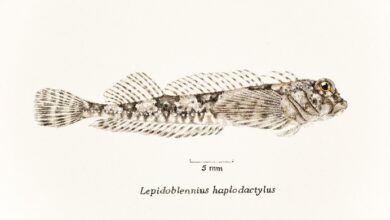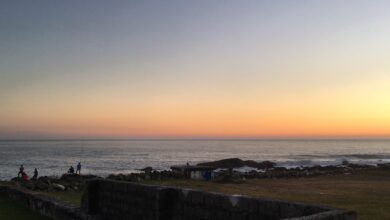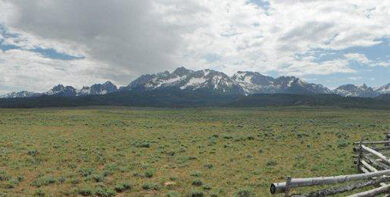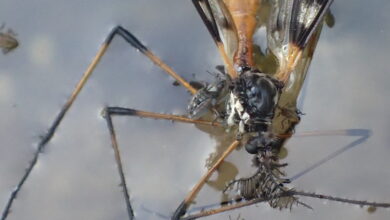Interested by sand and the fish (and researchers) that decision it house
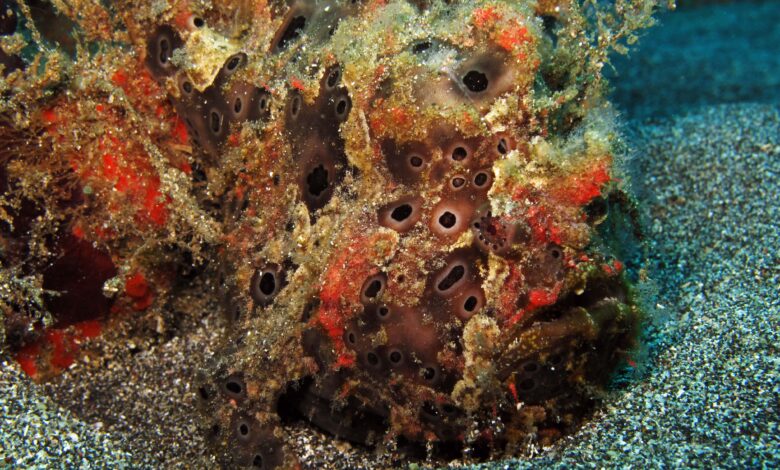

Why would you examine fairly fish on coral reefs when you could possibly be looking for grumpy weirdos like this Painted frogfish (Antennarius pictus)
Interested by sand and the fish (and researchers) that decision it house
After I was requested to put in writing a visitor weblog I first thought-about writing about fluorescent frogfish or about how bizarre fish that dwell on the sand can ship youngsters to highschool in creating international locations. Whereas I’d do this one other time, as an alternative I made a decision to start out a visitor weblog for Fish Thinkers by enthusiastic about fish. Possibly as a result of enthusiastic about fish is what I’m presently paid to do, although the truth that I’ve gone via 3 gin tonics and a good quantity of wine on a long-haul flight may play a task too.
Like Lachlan, I’m additionally doing a PhD in marine biology, additionally like him I’m fascinated by the fish which can be discovered on sandy bottoms (or “mushy sediments”). No matter how we received to the place we’re (an curiosity in fishing, diving or images), the largely unstudied fishes that dwell away from fairly (coral) reefs and spend their days taking part in within the sand are what makes us tick.

Departing for fieldwork on a black sand seaside in Lembeh Strait, Indonesia.
Not like the standard posts on this weblog, my system will not be the temperate Australian oceans. I spend nearly all of my fieldwork within the balmy seas of Indonesia and Philippines. Not like Australia, there are hardly any leisure fishermen in Southeast Asia. As an alternative folks both use sandy areas to get fish to feed their household, or more and more usually folks go to to {photograph} funky wanting fish (the so-called “muck diving”). When folks think about diving within the Coral Triangle, they have a tendency to image vibrant color reefs full of clownfish, turtles and different well-known characters from Discovering Nemo/Dory. The truth is that a lot of the coral triangle space is made up of sand. Not coral, not seagrass, not rock, however sand (or “mushy sediment” if I’ll).
This truth by no means ceases to amaze me, most of what’s referred to as the world’s largest coral reef system is actually sand. Undoubtedly, there may be a number of coral round and I can personally attest the reefs are superb to see. Diving the reefs of Raja Ampat will blow even the biggest cynic’s thoughts (it did mine). However to me, the truth that a big proportion of the coral triangle space receives hardly any consideration was so intriguing that I’ve now spent shut to a few years learning nothing else. There are some very legitimate explanation why coral reefs get the majority of the eye; they’re among the most biodiverse areas on the planet, they’re stunning, present many essential capabilities for people, and many others. However what in regards to the sand?
Nicely, there may be some good and a few dangerous information. The dangerous information is, we don’t actually know what’s going on. We don’t actually understand how the system works within the tropics, the ins and outs of the meals chain, the life cycles of fishes, even what fishes dwell there. New species are sometimes described, after which the analysis normally stops. For many species on the sand we don’t know what position they play within the ecosystem, or the way it pertains to coral reefs or different habitats reminiscent of seagrass meadows. The data we do have tends to come back from fishermen trawling the ocean and arising with a bunch of lifeless fish.

Fish dwelling on the sand like this Lizardfish (Synodus sp.) usually present biofluorescence
The excellent news is, slowly however certainly we’re discovering out extra. What at first sight appears to be a barren desert, seems to have extremely various and nicely tailored fish communities dwelling in it. Small adjustments in what the sand appears to be like like or is product of can drastically have an effect on of what lives right here, and turns a dive within the desert into an virtually extra-terrestrial discovery expertise. One thing dive operators had picked up on over a decade in the past, and science is beginning to get in on too.
Among the few thrilling issues I’ve discovered about mushy sediments over the previous few years embody:
- Frogfishes may lure prey utilizing biofluorescence
- There are nonetheless many undescribed species on the market
- 1000’s of individuals make a sustainable dwelling by taking folks diving to seek out critters on the sand
- Many species considered “uncommon” may really be way more plentiful when you simply look in the best locations.

Species like this Mimic Octopus (Thaumoctopus mimicus) could be much more widespread than what was beforehand assumed
Amongst all of the dangerous information we carry on listening to in regards to the oceans, these are issues that concurrently make me completely satisfied and fear me. The oceans are even richer and extra advanced than we are able to think about, however on the identical time, we could be shedding greater than we realise. Which is why it’s essential that we carry on doing what we’re doing, and possibly much more importantly, that we inform the world about it. You could be proper in pondering that us mushy sediment scientists are “particular” for being so involved in sandy fish, however we’ll be damned if that may cease us. Fairly the alternative, we’ll carry on telling you ways attention-grabbing sand is till you begin believing it and grow to be a fish thinker your self.
If you wish to know extra in regards to the analysis I do, take a look at crittersresearch.com or go to Researchgate to take a look at publications. If you happen to’re simply into good footage or brief bits of knowledge, take a look at critters analysis on Instagram or Twitter.


